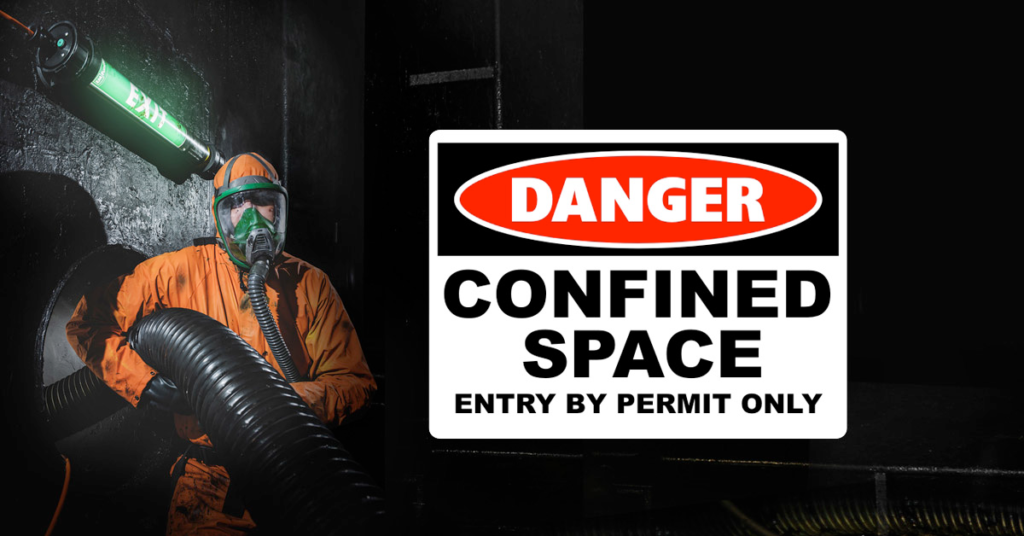
A confined space refers to any place, including any vessel, tank, container, pit, bund, chamber, cellar, or any other similar space that, by virtue of its enclosed nature, creates conditions that give rise to a likelihood of an accident, harm or injury of such a nature as to require emergency action due.
Confined spaces pose potential health and safety risks to life due to lack of oxygen, exposure to toxic gases, the design and construction, characteristics of the material or substance within, and lastly the type of work activities envisaged.
Before any work begins within, workers must be trained. This includes any employee entering a permit-required confined space. Sometimes job duties change, and additional training must be provided. It must also be noted that if any new hazards present themselves or if a worker lacks understanding, training is required in all these cases.
Working in Confined Space Safety Do’s and Don’ts that can be found below, should be communicated to workers for better implementation of safety control measures and to avoid unintended incidents.
The team at OBW Technologies can recommend a combination of fixed gas detectors, life safety controllers, and portable gas detectors to drive safety and compliance when dealing with confined spaces.
When carrying out a risk assessment it is important to ensure that all risks associated with the hazards above are evaluated and controlled. When carrying out a risk assessment the following questions should be asked:
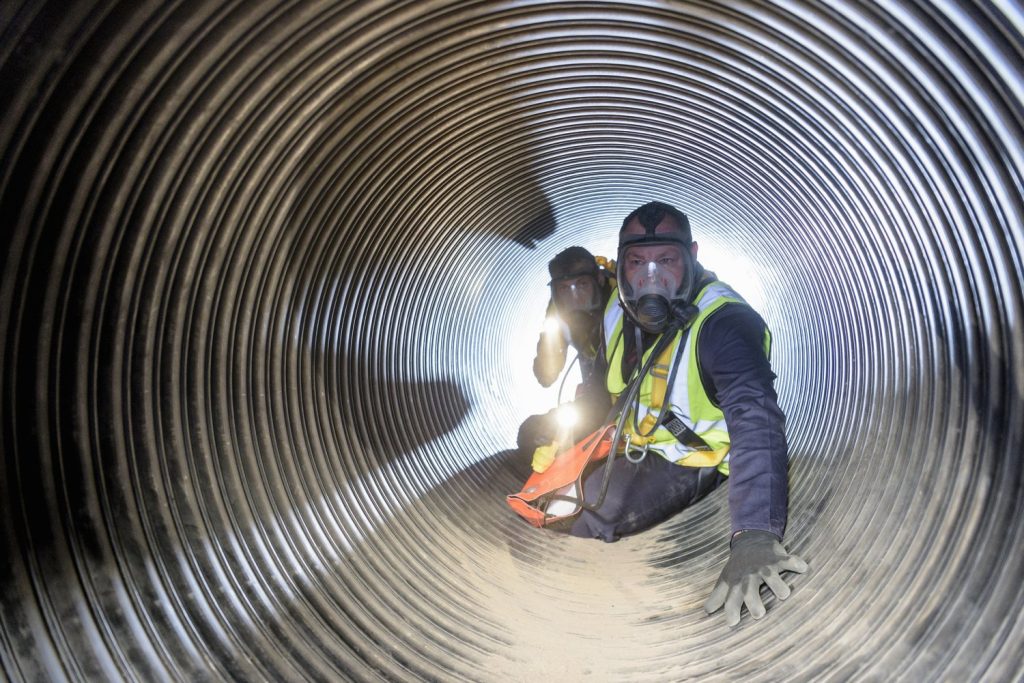
Wherever possible, you should avoid carrying out tasks in confined spaces. Where this is not possible, you must assess the risks of the particular confined space and plan how you will control those risks. For example:
DONT’S
DO’S
Check out our Portables page now to find more information on the units or Contact Us to speak with a member of our team today.
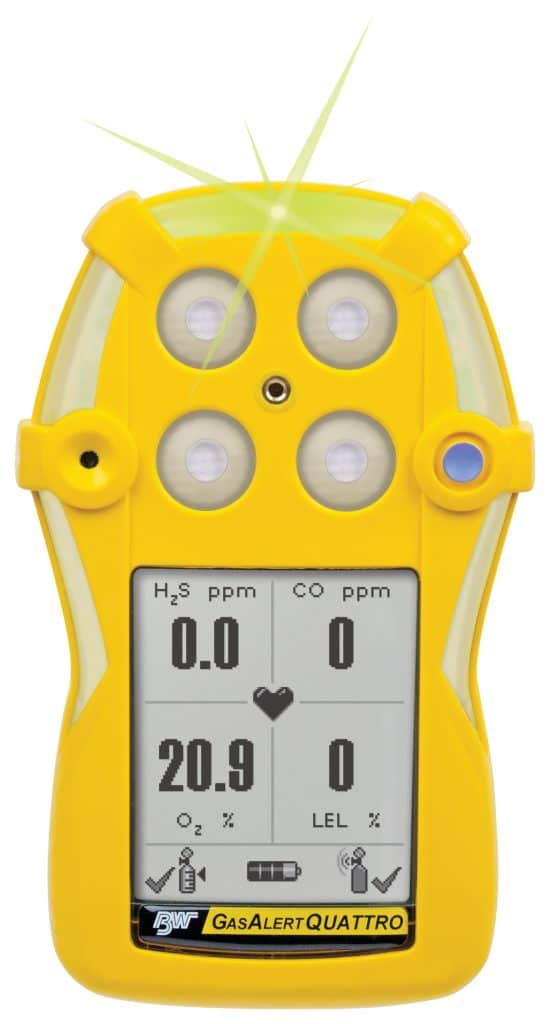
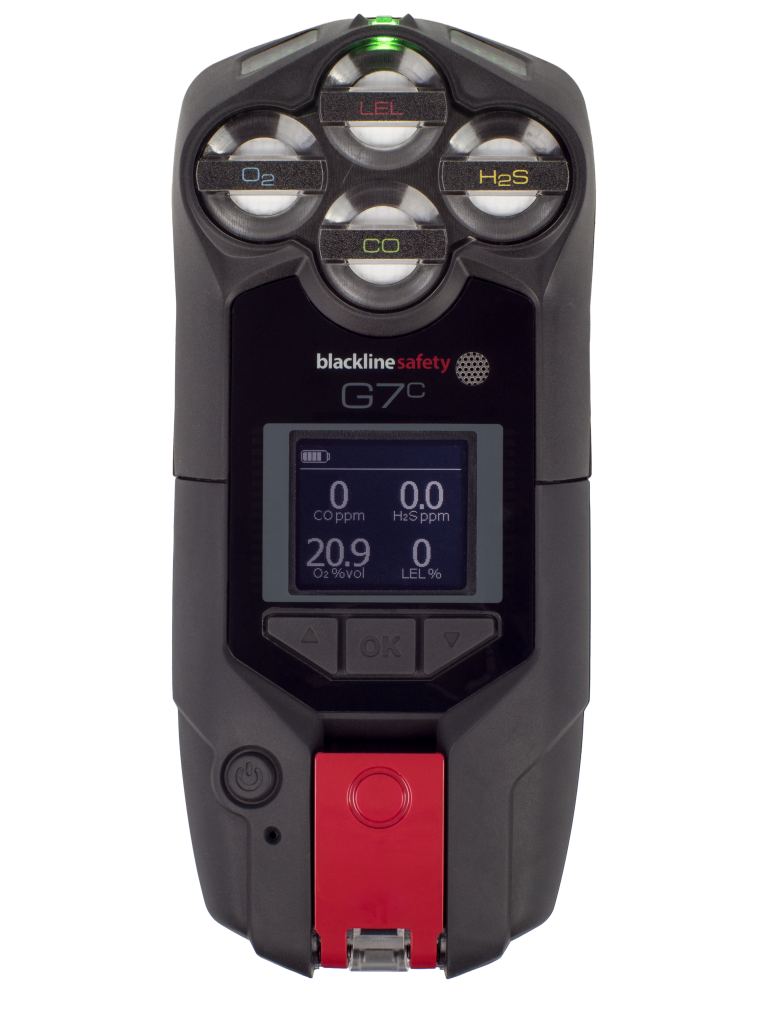

From the Blog
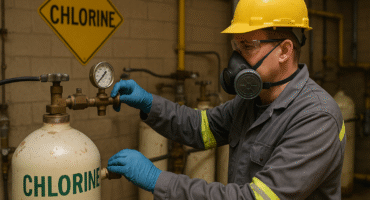
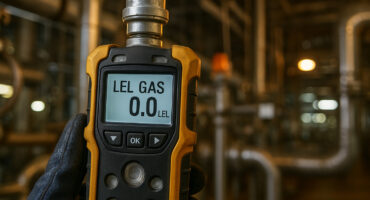

If you have any questions about our products or services, please feel free to contact us.